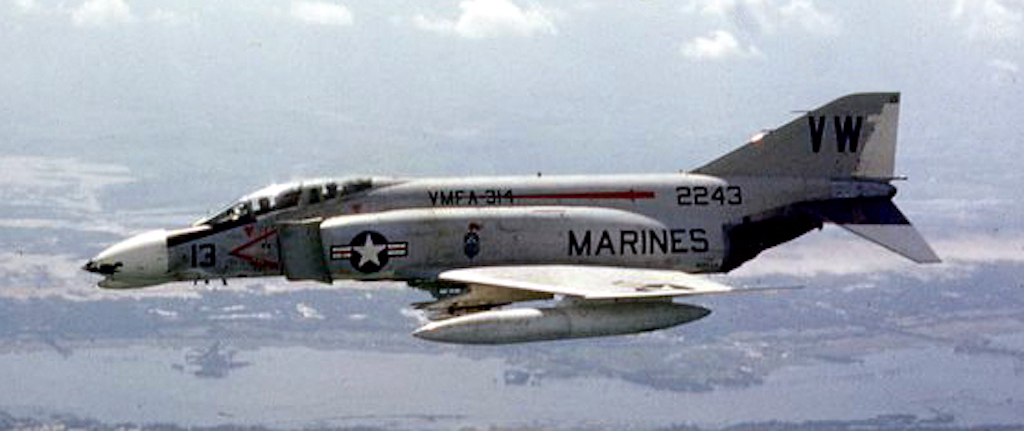

When Frank E. Petersen, Jr. retired from the Marine Corps in 1988, he was not only the senior ranking aviator in the Marines and the Navy, he’d been flying for longer than anyone in any branch of service. That’s not Lt. Gen. Petersen’s only claim to fame.
Petersen was also the first Black Marine Corps aviator and the first person of color to reach a general’s grade in the United States Marine Corps.
He first enlisted in the U.S. Navy in 1950 as a seaman apprentice electronics technician, just two years after President Harry S. Truman desegregated the entire armed forces. During his first year in service, however, the Navy’s first Black aviator, Jesse L. Brown died while fighting in Korea.
From that moment on, Frank E. Petersen decided he would become a combat pilot. The next year, he entered the Naval Aviation Cadet Program. While in flight training, he was purposely flunked by an instructor in an act of overt racism. The instructor told him that he would never be allowed to fly in the United States Marine Corps.
Petersen not only proved that instructor wrong, he became one of the Corps’ most legendary fighter pilots and leaders. He completed flight training by 1952, enough time to see combat behind the stick over Korea himself. In 1968, he was sent to fly combat missions in Vietnam.
While on one air combat mission over Vietnam in 1968, Petersen’s F-4 Phantom II fighter took so much damage from enemy fire that he was forced to eject. He was successfully recovered, avoiding a stay in the infamous Hanoi Hilton that had befallen so many other downed aircraft pilots.

He had more than 4,000 flight hours in attack and fighter aircraft and flew more than 350 combat missions over Korea and Vietnam. His combat duties earned hi the Distinguished Service Medal, Defense Superior Service Medal, Legion of Merit with Combat “V”, the Distinguished Flying Cross, and a Purple Heart.
As an officer, his leadership was exactly the kind the Marine Corps expected from its leaders of Marines. Petersen was promoted to command a fighter squadron, a Marine Aircraft Group, a Marine Aircraft Wing and a major Marine Corps installation. He was the first Black Marine to command all of them at every level.
In 1979, Petersen was promoted to Brigadier General, marking another milestone, as he became the Marine Corps’ first Black general officer. When he retired in 1988, the Marine Corps and Naval Aviation community was referring to him much differently than when he had joined the Naval Aviation Cadet Program in 1951.
After 38 years of service, he was known as “Silver Hawk” and “Gray Eagle,” a testament to his years of wisdom and leadership, along with a tip of the hat to his ability behind the stick of a fighter aircraft.
Petersen died at his home in Maryland in 2015, but his legacy doesn’t end with his death. The very next year, the Navy laid the keel of an Arliegh-Burke-class guided missile destroyer that would be named for the fallen aviation pioneer. The ship was first floated in 2018 and is scheduled to be completed in the next few years.
A guided missile destroyer named in his honor is a fitting Navy tribute to an enlisted seaman who endured years of racism, overcoming all of it to be one of the Marine Corps’ very best.
